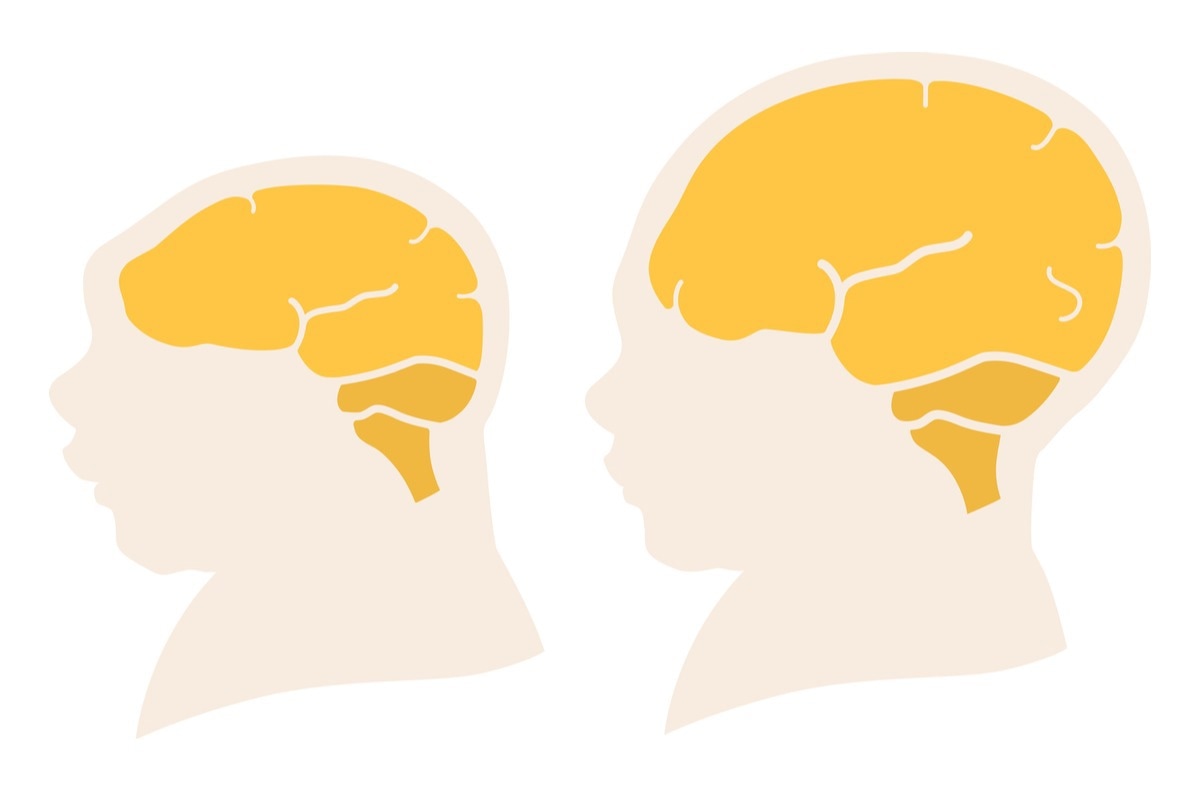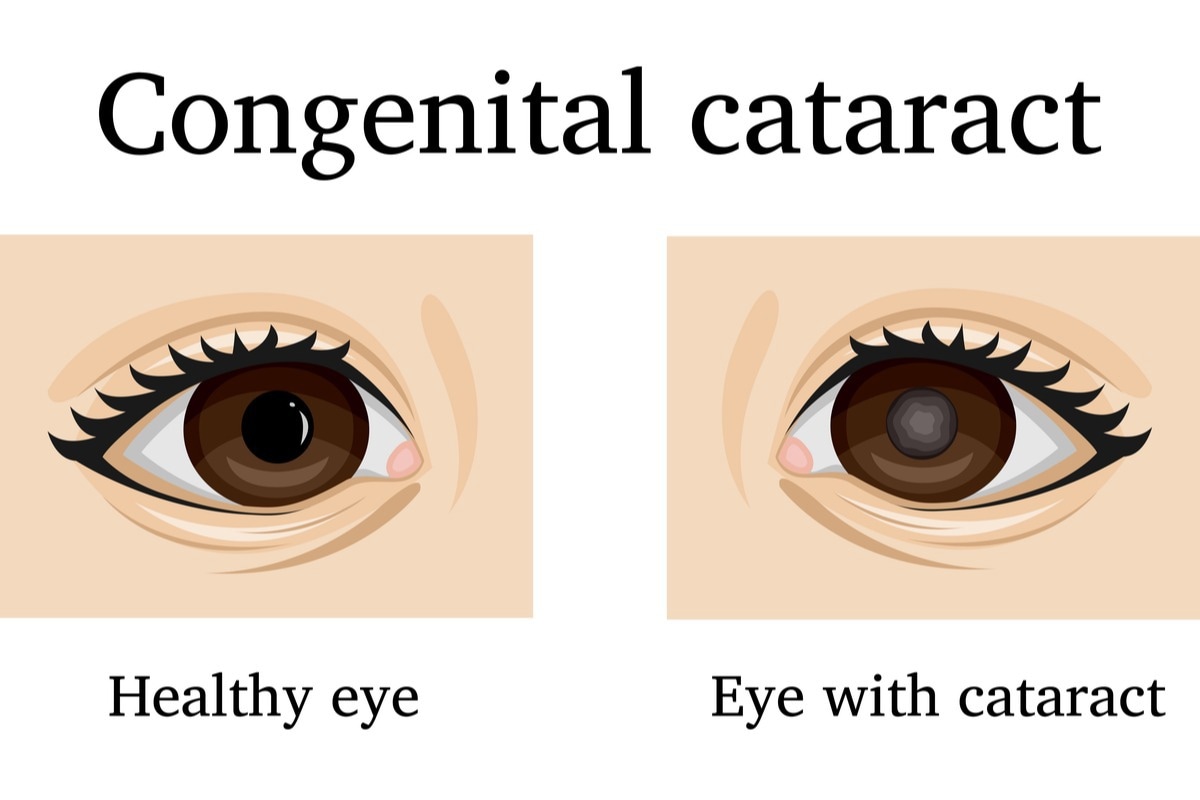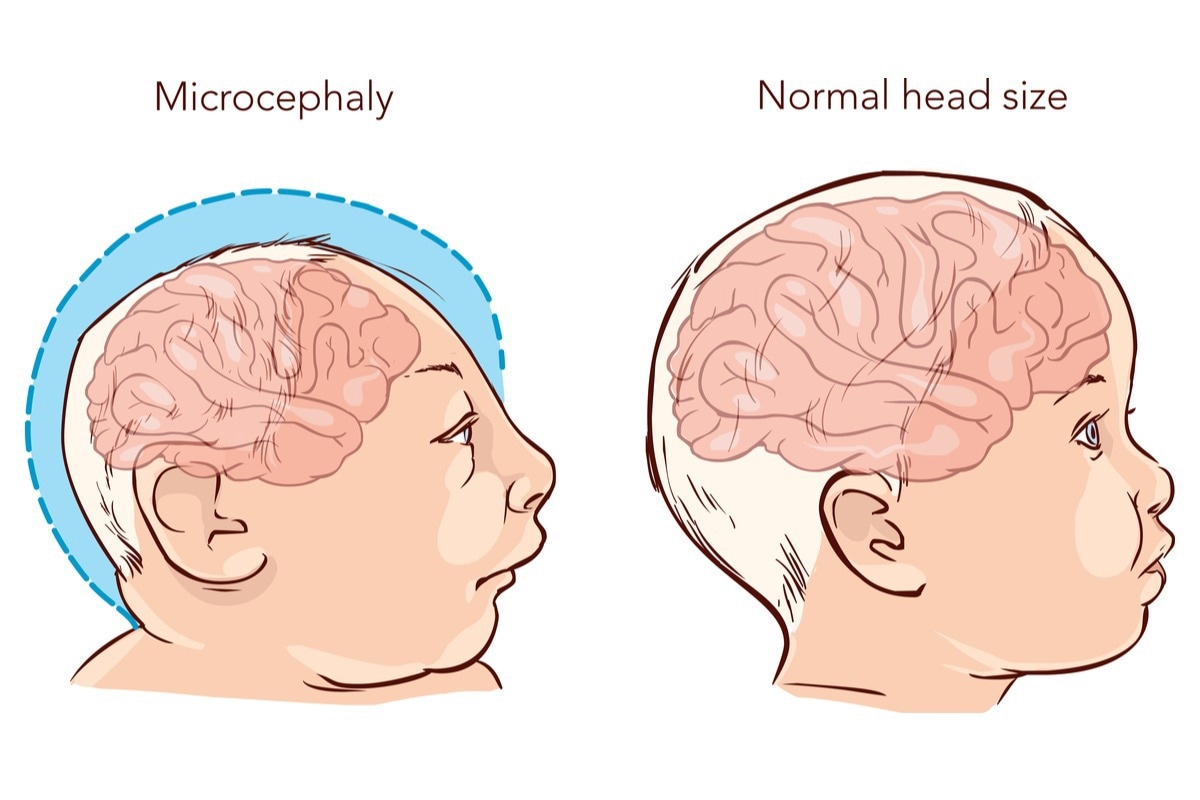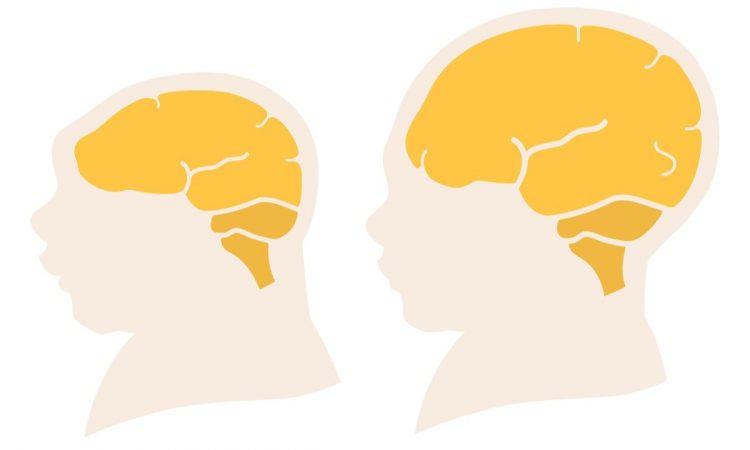Introduction
History
Cause and symptoms
Epidemiology
Case reports
Diagnosis and treatment
References
Further reading
Cerebro-oculo-facio-skeletal syndrome or COFS is a rare neurodegenerative disease with an autosomal recessive pattern of inheritance. A pediatric genetic condition involving the brain and the spinal cord, COFS includes facial dysmorphism, microcephaly, and congenital cataracts as characteristic features.
 Image Credit: juliawhite/Shutterstock
Image Credit: juliawhite/Shutterstock
COFS is a condition that is identified at birth and was first described by Pena and Shokeir. The cause of the condition is frequently unknown. However, few genes have been reported to be responsible for the condition. The majority of children with this disease do not live past the age of five. Treatment is based on an individual's symptoms and includes supportive care.
History
Microcephaly, hypotonia, arthrogryposis, eye abnormalities, overhanging upper lip, micrognathia, widely set nipples, kyphoscoliosis, and osteoporosis were noted in ten cases in three families reported by Pena and Shokeir in 1974.
In 1974, Preus and Fraser recorded a single occurrence in the offspring of first-cousin Italian parents. Pena and Shokeir had brother-sister parents in one of their affected sibships (2 impacted out of 6 children). COFS syndrome was first diagnosed in a black American newborn by Surana et al. in 1978.
 Image Credit: Scio21/Shutterstock
Image Credit: Scio21/Shutterstock
Cause and symptoms
The cause of the disease is unknown in many patients. In some circumstances, the condition could be caused by mutations in one or more undiscovered genes. Some occurrences of COFS syndrome have been linked to mutations in the ERCC1, ERCC2, ERCC5, and ERCC6 genes. These genes give instructions on how to make proteins that aid in the repair of damaged DNA.
DNA damage is not repaired quickly if any of these genes are changed. Damaged DNA accumulates, as a result, resulting in decreased cell functions and, finally, cell death. It's yet unclear how mutations in these genes cause COFS syndrome's indications and symptoms.
COFS is marked by craniofacial and skeletal anomalies, as well as drastically diminished muscle tone and reflex dysfunction. Large, low-set ears, small eyes, microcephaly, micrognathia, clenched fists, and wide-set nipples are all possible symptoms.
There have also been reports of vision abnormalities, involuntary eye movements, and decreased cognitive development, which can be mild or severe. Infections of the lungs are common. Some patients may also experience cutaneous photosensitivity, hypogonadism, seizure, peripheral neuropathy, and optic atrophy.
 Image Credit: Drp8/Shutterstock
Image Credit: Drp8/Shutterstock
Epidemiology
No exact prevalence of the syndrome is known in the population, however, according to the orphaned database, COFS has a prevalence inferior to 1/1,000,000.

 Read Next: What is Jackson-Weiss Syndrome?
Read Next: What is Jackson-Weiss Syndrome?
Case reports
In 2020, Quyen et al., documented the morphological and microscopic phenotypes of three fetuses from two families with ERCC5/XPG probable pathogenic mutations, as well as reviewed five previously reported fetal instances.
The fetuses had thymus hyperplasia, splenomegaly, and enhanced hematopoiesis, in addition to the usual characteristics of COFS. The three fetuses exhibited microencephaly, which is characterized by delayed gyri development and normal microscopic anatomy at the supratentorial level. At the infratentorial level, microscopic aberrations resembling pontocerebellar hypoplasia were found.
Finally, when intrauterine growth retardation is coupled with microcephaly, arthrogryposis, and ocular defects in fetuses, COFS syndrome should be evaluated. To better understand how XPG acts during human development, more research is needed.
Sirchia et al., in 2021 described a case of COFS3 syndrome recurrence in the same family with comparable diagnostic characteristics. The parents were in good health, were young (under 30 years old), and came from various nations. As a result, consanguinity was ruled out. In their families, there were no occurrences of congenital abnormalities or recurrent disorders. The COFS syndrome remained undiscovered in the first case, but prenatal observations of arthrogryposis and a cataract led to a genetic investigation focusing on COFS-related genes (ERCC5, ERCC6, and FKTN genes) in the second case. The fetus was determined to be compound heterozygous for two separate ERCC5 mutations, validating the COFS syndrome clinical suspicion.
The link between microphthalmia and/or cataract and arthrogryposis appears to be unique to COFS disease, and it has only been reported in a few other conditions. In the genomic era, molecular diagnosis is possible, and estimating the risk of recurrence in the family is critical.
The researchers conducted a study of the literature on putative causal genes of prenatal cataract and arthrogryposis and presented a flowchart to help with differential diagnosis and genetic testing if these symptoms are found. The flowchart depicts a process for guiding differential diagnosis based on prenatal evidence. The main syndromes, important tests, and specific genes are all covered. In order to reach a diagnosis and determine the likelihood of recurrence in future pregnancies, the couple should be offered targeted molecular testing.
Diagnosis and treatment
COFS syndrome is frequently diagnosed at birth in children. Because the fetus moves very little and some of the problems are caused by lack of movement, ultrasound technology can discover COFS fetuses at an early stage of pregnancy.
During the neonatal stage, infants with COFS syndrome usually require oxygen supplementation for respiratory distress. Feeding difficulties necessitate tube feeding. Most newborns die by the age of 4-5 years old owing to chronic respiratory infections, which cause severe failure to thrive and developmental delays.
Treatment is based on an individual's symptoms and includes supportive care. The disorder frequently necessitates tube feeding. Because COFS is a genetic disorder, genetic counseling is available and can help families understand the situation better.
 Image Credit: Gorodenkoff/Shutterstock
Image Credit: Gorodenkoff/Shutterstock
References
- Sirchia, F., Fantasia, I., Feresin, A., Giorgio, E., Faletra, F., Mordeglia, D., Barbieri, M., Guida, V., De Luca, A., & Stampalija, T. (2021). Prenatal findings of cataract and arthrogryposis: recurrence of cerebro-oculo-facio-skeletal syndrome and review of differential diagnosis. BMC medical genomics, 14(1), 89. https://doi.org/10.1186/s12920-021-00939-6
- Le Van Quyen, P., Calmels, N., Bonnière, M., Chartier, S., Razavi, F., Chelly, J., El Chehadeh, S., Baer, S., Boutaud, L., Bacrot, S., Obringer, C., Favre, R., Attié-Bitach, T., Laugel, V., & Antal, M. C. (2020). Prenatal diagnosis of cerebro-oculo-facio-skeletal syndrome: Report of three fetuses and review of the literature. American journal of medical genetics. Part A, 182(5), 1236–1242. https://doi.org/10.1002/ajmg.a.61520
- Suzumura, H., & Arisaka, O. (2010). Cerebro-oculo-facio-skeletal syndrome. Advances in experimental medicine and biology, 685, 210–214. https://doi.org/10.1007/978-1-4419-6448-9_19
- Cerebro-Oculo-Facio-Skeletal Syndrome (COFS) Information Page. [Online] NIH – National Institute of Neurological Disorders and Stroke. Available at: https://www.ninds.nih.gov/Disorders/All-Disorders/Cerebro-Oculo-Facio-Skeletal-Syndrome-COFS-Information-Page
- Cerebro-oculo-facio-skeletal syndrome. [Online] NIH- GARD. Available at: https://rarediseases.info.nih.gov/diseases/6027/cerebro-oculo-facio-skeletal-syndrome
- CEREBROOCULOFACIOSKELETAL SYNDROME 1; COFS1. [Online] OMIM. Available at: https://www.omim.org/entry/214150
Further Reading
- All Rare Disease Content
- What is a Rare Disease?
- Importance of Research into Rare Disease
- Teaching old drugs new tricks – drug repurposing for rare diseases
- What is Adenomyosis?
Last Updated: Jun 27, 2022

Written by
Aimee Molineux
Aimee graduated from Oxford University with an undergraduate degree in Japanese and Korean Studies, with an exchange year at Kobe University in Hyogo, Japan. Throughout her studies, Aimee took part in various internships, gaining an interest in marketing and editorial work along the way.In her personal time, Aimee can be found either attempting to cook, learning how to code, doing pilates, as well as regularly updating her pet hamster’s Instagram account.
Source: Read Full Article
